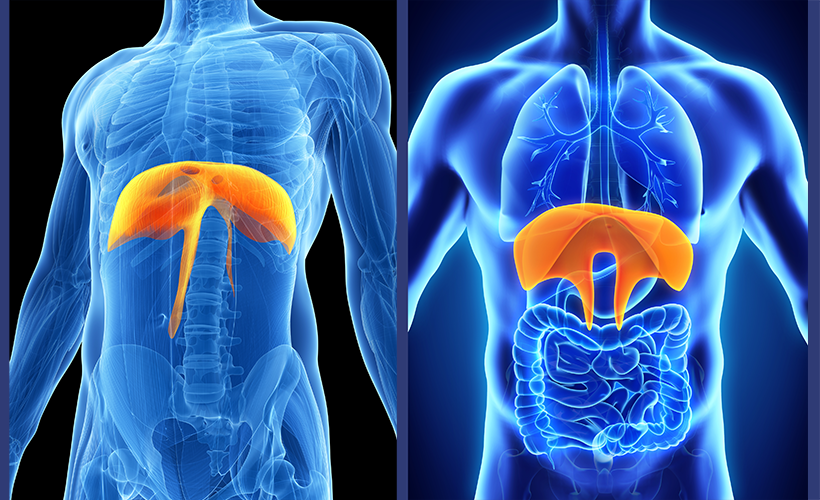How stress affects your brain and how to reverse it
When the fight-or-flight stress response was first hardwired into our ancestors’ brains, predators were a top concern.
But, times have changed, we are not running from the tiger anymore, and instead, we spend many hours sitting and being sedentary.
The things that stress humans out have changed dramatically over the years, however, the human stress response has remained largely the same.
Whether you’re facing an approaching tiger or an alarming text, the neurons in your brainstem initiate identical cascades of reactions that dump adrenaline and other chemicals into your body. This chemical dump causes rapid heart rate and breathing, dilated pupils, and other body responses, all subconsciously and all in about 500 milliseconds.

With the increased strain of the COVID-19 pandemic, wildfires, political issues, and social injustices, some people are reporting feeling stressed about feeling stressed, a “meta stress”.
You may ask yourself; “I’m doing my meditation and I’m sleeping well, I’m eating well… why am I so stressed?”
The answer is, you feel stressed because the fight-or-flight response was designed to recruit almost all of your being — your mind, body, eyes, everything in just half a second. It’s very hard to prevent the stress response from happening.
So, if our stress response is hardwired and cannot stem the tide of increasing stressors in our lives, what can we do? Here is the good news, we can use the body’s own stress-relieving mechanisms.
The most common way that we’ve learned to turn off the stress response is to ingest food, carbohydrates in particular. … When our belly is distended, it sends a signal to the brain that counters the stress response, and this is the essence of the parasympathetic response. We feel calm after eating, but pounding carbs aren’t healthy or practical to counter stress. Is it?
Other stress management techniques like baths, massages, and vacations are wonderful… but they are not always immediately available to us. Besides exercising, what if I told you that you have an immediate and practical tool that you can use at all times to manage your stress?
Breathing is the perfect example of such a tool
An example of a breathing pattern you can practice to manage your stress is called “physiological sigh”. This is the kind of breathing that we do spontaneously during deep sleep or during claustrophobic environments when there is a build-up of carbon dioxide in the bloodstream. High levels of carbon dioxide trigger the impulse to inhale or double inhale to level up with oxygen.
This pattern of breathing involves two inhales through the nose followed by an extended exhale through the mouth. According to Dr. Andrew Huberman, a Neuroscientist at Stanford University: high carbon dioxide levels in the bloodstream and body are big parts of stress response signaling.
The double inhales of the physiological sigh “pops” the air sacks in your lungs open, allowing oxygen in and enabling you to offload carbon dioxide in the long exhaled sigh out.
This method of breathing is a real-time tool that people can deploy anytime, and anywhere to reduce stress.

This illustration shows you where your diaphragm is located so you better determine if you are breathing deeply.
Stress serves a purpose, but it can be damaging to your health if it becomes chronic
Physiological sight is just an example of the several techniques I can teach you after assessing your breathing patterns. You will learn several respiratory awareness drills and respiratory muscle training designed to improve your respiratory mobility and kinesthetic perception to maximize access to your lung fields.
Using the specific breathing technique at the right moment will make you more efficient during your fitness session, or in the practice of your hobby or sport, manage your daily stress, and even accelerate your weight loss goals.
Benefits of respiratory muscle training and breathing awareness techniques.
- Muscle endurance (metaboloreflex)
- Decreased perception of effort
- enhanced core and spinal stability
- increased posture and balance
- improved breathing partners
- decreased risk of runners “side stitch”
- Increased comfort during postural challenges
- Decreased risk of ribs fractures
- Improved isometric trunk strength (core)
- Increased decision making during respiratory distress
- Increased power generation due to core stability
- Increased breathing/movement synchrony
Connect with me for a personalized evaluation of your stress level. I will customize a plan just for you which will fit your lifestyle. You deserve an amazing life!
